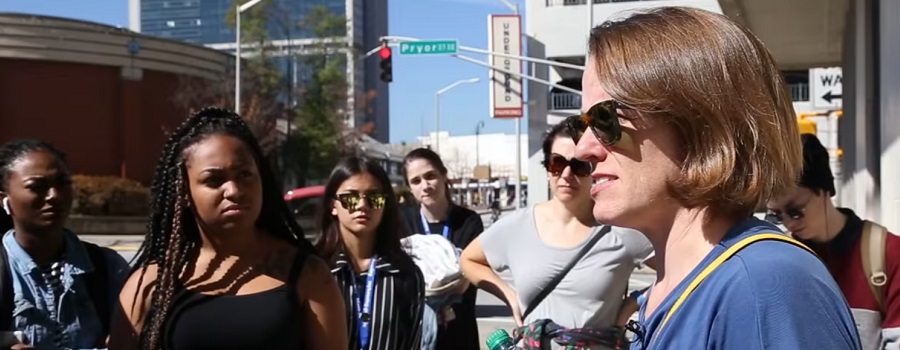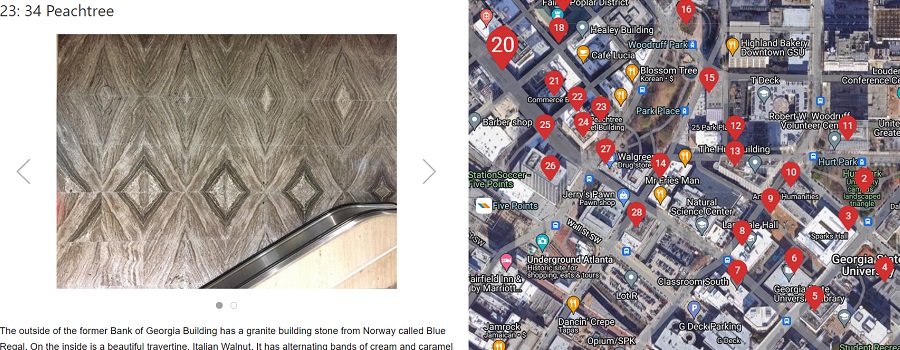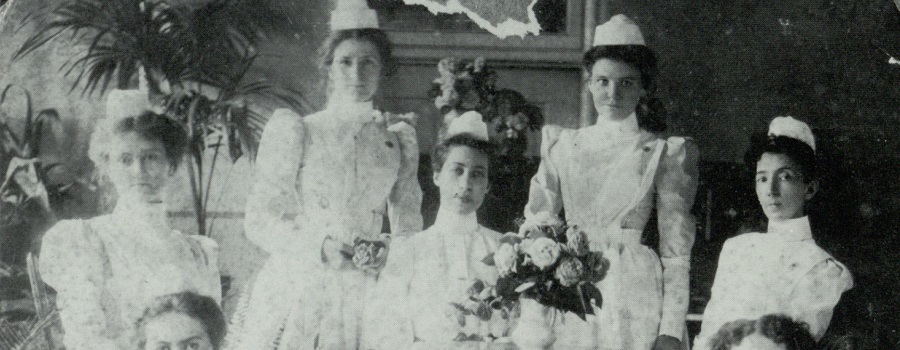Environment & Health

Atlanta Water Walk
How water has shaped the city. Video tour with urban designer and author Hannah Palmer. Palmer’s writing explores the intersection of Southern stories and urban...
Read More

Atlanta Geology Walking Tour
Granite, limestone, and marble building stones are found in a 20-block area that is centered around the beginning of Peachtree Street. These three commercial types...
Read More

The Art of Nursing & Caring for the Sick and Afflicted: The Grady School of Nursing Legacy
In commemoration of the 120th anniversary of the founding of the Grady Memorial Hospital School of Nursing. The Grady Memorial Hospital School of Nursing, chartered...
Read More

Atlanta’s Forest
Student project from GSU Department of Geosciences. With more than 80,000 acres of tree cover inside the Perimeter, Atlanta leads the nation in urban tree...
Read More
 Georgia State University Library
Georgia State University Library